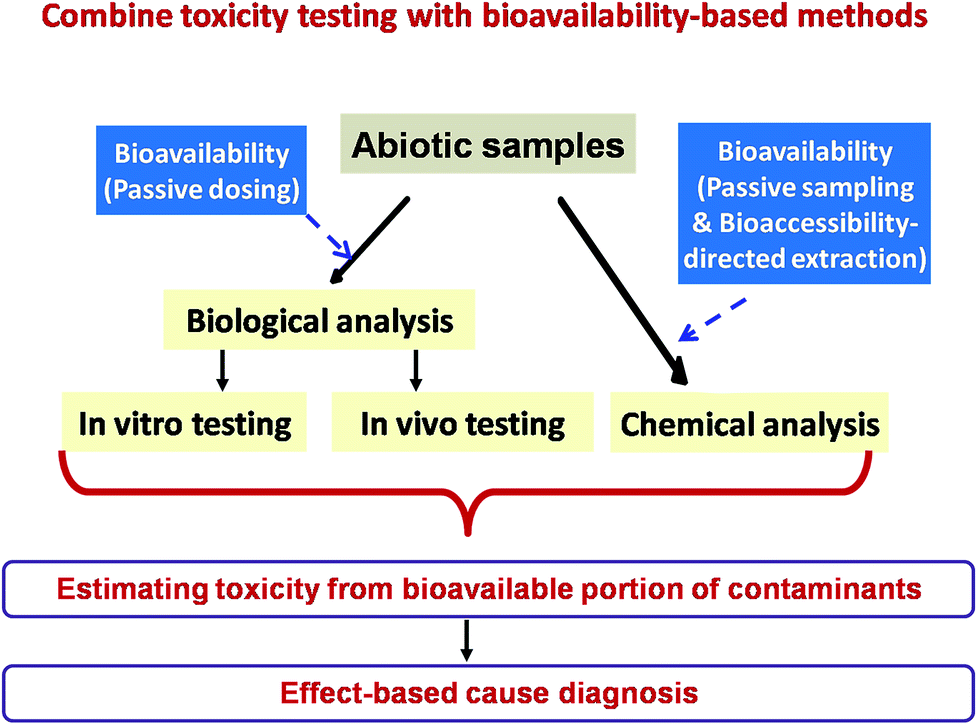Handbook Of Solid Phase Microextraction Pdf Merge

Original Article Mortality Results from a Randomized Prostate-Cancer Screening Trial Gerald L. Andriole, M.D., E. David Crawford, M.D., Robert L. Grubb, III, M.D., Saundra S. Buys, M.D., David Chia, Ph.D., Timothy R.
Chipwood by Using Solid Phase Microextraction Biomed J Sci & Tech Res 1(6)- 2017. Keywords: Aquilaria malaccensis; Aquilaria Rostrata; Headspace volatile of incense; Direct extraction of smoke; Solid phase micro extraction. GC-Olfactory is used to identify odor-compounds which combine. Nov 24, 2017. ISBN 978-9-5 (PDF) microextraction (SPME) based analytical methods for the sampling and analysis of VOCs in the atmosphere. Characteristics permit to combine sampling, isolation and enrichment in a single analytical step [11]. Recent advances. Dec 23, 2017. Recipe Costing Software Free Download. Describes current developments and future trends in novel SPME techniques, including fiber SPME, in-tube SPME and. Pawliszyn, “Handbook of Solid Phase Microextraction”. Buys, M.D., David Chia, Ph.D., Timothy R. Church, Ph.D., Mona N. Fouad, M.D., Edward P. Gelmann, M.D., Paul A.
Church, Ph.D., Mona N. Fouad, M.D., Edward P. Gelmann, M.D., Paul A. Ross Jeffries Seduccion Rapida Pdf Gratis here. El Factor Fred Descargar Pdf Converter.
Kvale, M.D., Douglas J. Reding, M.D., Joel L. Weissfeld, M.D., Lance A. Yokochi, M.D., Barbara O'Brien, M.P.H., Jonathan D. Clapp, B.S., Joshua M.
Rathmell, M.S., Thomas L. Riley, B.S., Richard B. Hayes, Ph.D., Barnett S. Kramer, M.D., Grant Izmirlian, Ph.D., Anthony B.
Miller, M.B., Paul F. Pinsky, Ph.D., Philip C. Prorok, Ph.D., John K. Gohagan, Ph.D., and Christine D. Berg, M.D., for the PLCO Project Team N Engl J Med 2009; 360:1310-1319 DOI: 10.1056/NEJMoa0810696.
Methods From 1993 through 2001, we randomly assigned 76,693 men at 10 U.S. Study centers to receive either annual screening (38,343 subjects) or usual care as the control (38,350 subjects).
Men in the screening group were offered annual PSA testing for 6 years and digital rectal examination for 4 years. The subjects and health care providers received the results and decided on the type of follow-up evaluation. Usual care sometimes included screening, as some organizations have recommended. The numbers of all cancers and deaths and causes of death were ascertained. Results In the screening group, rates of compliance were 85% for PSA testing and 86% for digital rectal examination. Rates of screening in the control group increased from 40% in the first year to 52% in the sixth year for PSA testing and ranged from 41 to 46% for digital rectal examination. After 7 years of follow-up, the incidence of prostate cancer per 10,000 person-years was 116 (2820 cancers) in the screening group and 95 (2322 cancers) in the control group (rate ratio, 1.22; 95% confidence interval [CI], 1.16 to 1.29).
The incidence of death per 10,000 person-years was 2.0 (50 deaths) in the screening group and 1.7 (44 deaths) in the control group (rate ratio, 1.13; 95% CI, 0.75 to 1.70). The data at 10 years were 67% complete and consistent with these overall findings. The benefit of screening for prostate cancer with serum prostate-specific–antigen (PSA) testing, digital rectal examination, or any other screening test is unknown. There has been no comprehensive assessment of the trade-offs between benefits and risks. Despite these uncertainties, PSA screening has been adopted by many patients and physicians in the United States and other countries. The use of PSA testing as a screening tool has increased dramatically in the United States since 1988.